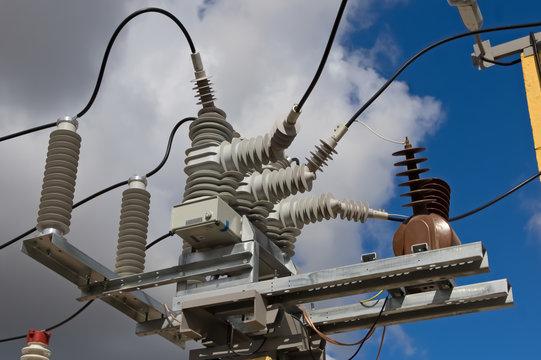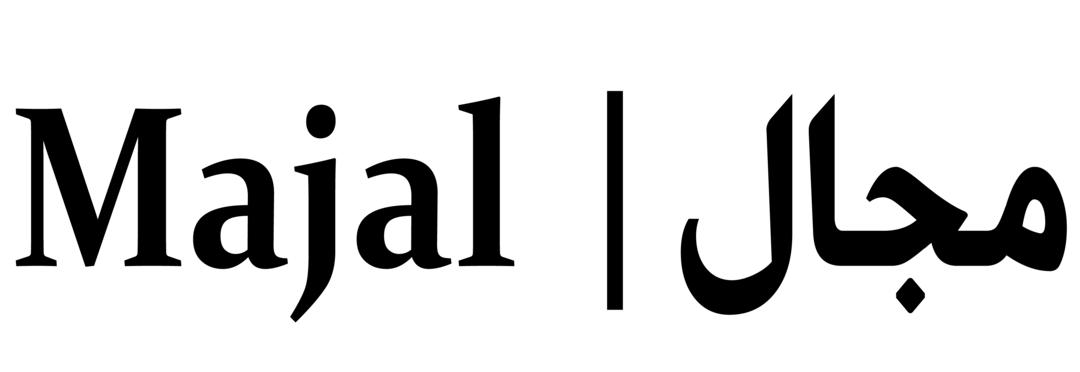أجهزة إعادة الغلق: مفاتيح ذكية تحافظ على تدفق الطاقة

Published on: July 28, 2025
Author: Ropalini Wankhede
In modern power distribution systems, maintaining a reliable flow of electricity is essential—especially when faults such as tree branches, lightning, or short circuits occur. This is where reclosers come in . These automatic circuit reclosers are the unsung heroes of the grid , intelligently responding to faults and restoring power without human intervention.
Let's explore what reclosers are, how they work, and why they are essential for energy reliability and smart grid modernization.
What is Recloser?
A reclosing device is an electromechanical or electronic switching device used in overhead power distribution lines. It automatically opens (interrupts) and closes (reconnects) the circuit when a fault is detected, allowing temporary faults to be cleared without permanent interruption .
Think of it as a smart circuit breaker for the grid - it automatically attempts to restore service before a crew is called.
How does Reclose work?
1. Detects fault - high current or short circuit is sensed
2. Opens the circuit - interrupts the flow to protect the equipment
3. Waits and Recloses - After a short pause, it attempts to restore power.
4. Repeat as needed - usually tries 3-4 times before locking if error persists
5. Sends a signal - Alerts the control center if a manual repair is needed.
Where are resealable devices used?
- Medium voltage distribution lines (4-38 kV)
- Remote or rural areas where sending crews takes a long time
- Smart grids for real-time fault isolation and service restoration
- Industrial campuses and substations to maintain uptime
- Renewable energy plants to protect grid connection points
Types of resealing devices
1. Hydraulic reclosers - older, mechanical, used in basic applications
2. Electronic/microprocessor-based reclosers - intelligent, programmable, and SCADA integrated
3. Vacuum media or SF₆ - used to extinguish the arc in high-reliability systems
Benefits of Resealable Devices
- 🕒 Reduced downtime - especially for temporary outages (80% of outages)
- 📈 Improves reliability indicators (SAIDI, SAIFI for utilities)
- 💡 Reduces maintenance costs and truck rolls
- 🧠 Integrates with smart grid systems for automation and remote control.
- ⚡ Protects end equipment from voltage drops and surges
- 🌳 Ideal for areas exposed to vegetation or affected by storms
Challenges
- Requires proper coordination with primary/final protection devices.
- May cause temporary flashing in consumer devices during reseal attempts.
- Sensitive electronic equipment may continue to malfunction.
- Cybersecurity concerns in remotely controlled smart reclosers
- Required training for operators on modern digital reclosers
Real-world use cases
- Rural electric cooperatives use reclosers to reduce truck dispatch times.
- Utilities are deploying reconnection tools with SCADA integration to respond faster to outages.
- Smart cities using IoT-enabled reclosers for autonomous fault management
- Wind and solar farms that protect against power outages and grid instability
Final thoughts
Reclosers are a powerful tool for improving grid resilience , reliability, and responsiveness . As power grids become more intelligent and complex, the role of reclosers will continue to grow—particularly in automating fault recovery and supporting self- healing grid technologies .
Whether you're a utility operator, grid engineer, or technology supplier, investing in smart reclosers means fewer outages, faster restoration, and a more stable energy future.
#Recloser #SmartGrid #PowerDistribution #GridAutomation #SCADA #FeederProtection #UtilityTech #GridResilience
- الاقتصاد والتجارة
- فن
- كورسات
- الحرف اليدوية
- الطعام والشراب
- الألعاب والترفيه
- الصحة
- تكنولوجيا
- أخرى
- دين
- رياضة


